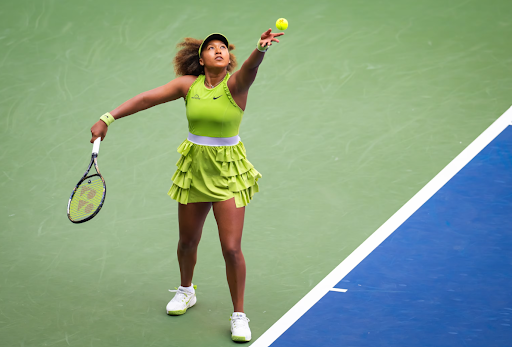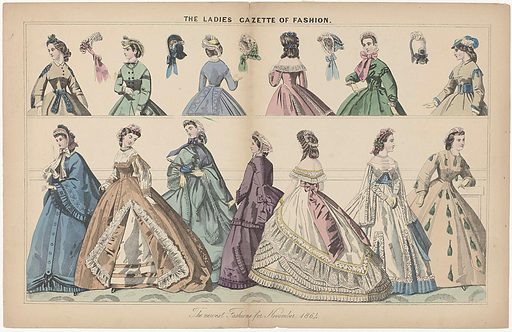The fashion industry may seem to be full of glitz, glamour and shiny runways, but behind every glamorous collection hides a certain web of contracts and legal protections that keep any business afloat. With the breakneck speed of development in the Indian industry, the knowledge of the legal component of fashion cannot be an option any longer, but a necessity. Whether you’re a designer, a brand, a retailer, or an influencer, contracts are the unsung heroes of making sure that creativity is secure, payment is received on time, and conflicts do not derail a collaboration before the season even begins.
Licensing Agreements Between Designers and Retailers
One of the most widespread conflicts in the fashion industry is the licensing process, where a designer could maintain their intellectual rights (IP) and grant the retailer the proprietary ability to utilise it with accepted conditions. The example is a designer such as Sabyasachi Mukherjee who could license his brand name to a retail chain for a special capsule collection and allow the retailer to produce and sell the products, whilst maintaining the design. In India, the subject of such contracts is covered by the Indian Contract Act, 1872, and is intimately related to trademark law as stipulated by the Trade Marks Act, 1999. The common clauses include the use of scope, payment of royalty, quality control aspects, and termination clauses. Ill-written agreements may give rise to brand dilution; thus, it is essential to be clear about the boundaries of usage. Such a scenario may cause your high-fashion couture name, which you will see on discount market knock-offs overnight, due to the agreement not being airtight.
Brand Collaborations — Legal Pitfalls and Contract Clauses
Such brand partnerships, like Manish Arora x BIBA or Adidas x Yohji Yamamoto, are effective marketing content, yet they turn out to be a minefield of legality where mention in a writ of precision is mandated. These are very complex transactions involving elements of IP sharing, co-branding, manufacturing, and profit-sharing. The Indian law requires that such contracts state what ownership of IP will occur after collaboration, distribution of profits, courts involved in settling disputes (usually arbitration where the Arbitration Act, 1996 is followed), and liability for flaws or delays. Unless specified, disputes may arise after the breakup of the partnership regarding ownership. An infamous example of a cautionary tale abroad is the fallout between Nike and Kanye West, where control of the brand became a thorn in their side. Similarly, there is a danger of the Indian equivalent playing out should a designer and a brand fail to specify their IP rights after the breakup.
Influencer-Brand Contracts
Influencers have become a key part of fashion show marketing in the social media era. At the global level, government organisations such as the US Federal Trade Commission (FTC) and the UK’s Advertising Standards Authority (ASA) regulate the use of influencer collaborations by necessitating them to disclose sponsored posts. With regard to India, although there is no specific law on influencers, there are the Consumer Protection (E-commerce) Rules, 2020, and Guidelines issued by the Advertising Standards Council of India (ASCI), which address this gap. As an illustration, when an influencer promotes a brand of handbags without disclosing that it is a paid collaboration, they may be punished for committing misleading advertisements under the Consumer Protection Act 2019. Contracts in this case are needed regarding the length of payment, deliverables (the number of posts, reels, or stories), UIP usage (can the brand particularly use the image of the influencer in other advertisements) and exclusivity agreements (are the influencer able to entertain a competitor within the term of the contract). Conceive of it as a pre-nup for the fashion world, establishing certain parameters so it will not become muddy.
Franchise Laws in Fashion Retail Expansion
Fashion franchising has been a hugely successful business that appealed to India due to its increasing demand for retail brands. The entry of international brands such as H&M and Zara involving joint ventures and franchises has tended to be in the form of franchise agreements as specified in the Indian Contract Act. Although India does not have a franchise law, territory rights, operational standards, training, marketing contributions, and termination procedures have to be discussed. Considering the fact that an Indian businessman, in the event he purchases a franchise to operate a Calvin Klein franchise store, is bound to follow all the parameters of the brand when it comes to the display, procurement of goods, as well as customer care or losing his franchise license and incurring damages. Another factor is the need to incorporate the competition law aspects of the Competition Act 2002 in case the wrapping of restricting the territory in question may be interpreted as anti-competitive.
Non-Disclosure Agreements in Design Houses
Fashion is a business that is very dependent on newness, and in an age where leaked designs can ruin a launch, NDAs are a line of life. Indian designers usually make employees, interns, manufacturers, and models sign NDAs prior to being shown unreleased collections. These agreements come under the Indian Contract Act, and trade secrets, sketches, prototypes, and the methods of production are shielded. As an example, prior to appearing at Lakme Fashion Week, a label might request that backstage personnel sign NDAs, so that the smartphone snaps do not end up on Instagram prior to the show. Violating an NDA may result in civil suits claiming damages and, in rare circumstances, injunctions to prevent further disclosures.
The legal parameters of India are composed of a general contract law, IP legislation, consumer protection regulations, and developing digital marketing policies. The most relevant tip? See all deals as potential court cases, put them in writing, spell out the details clearly, and have a lawyer with a thorough understanding of both the law and the quirks of the fashion industry go over and review the dealings. That is the way to make sure that the only drama on fashion continues to remain on the runway, not in the court.
Conclusion
The contracts in the vibrant fashion industry are the unsung heroes that are operating behind the scenes. Whether it be licensing and collaborations, influencer deals, franchises, or non-disclosure agreements, legal and creative integrity are all stitched together. When every word is well defined and refined, it becomes dramatic; you require what else but what is experienced on the catwalk and not in the courtroom.


















